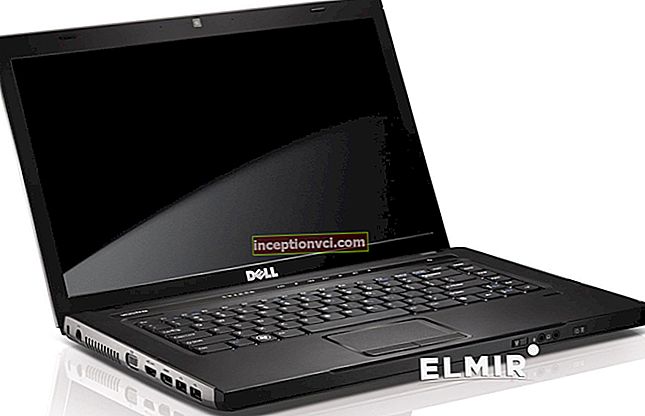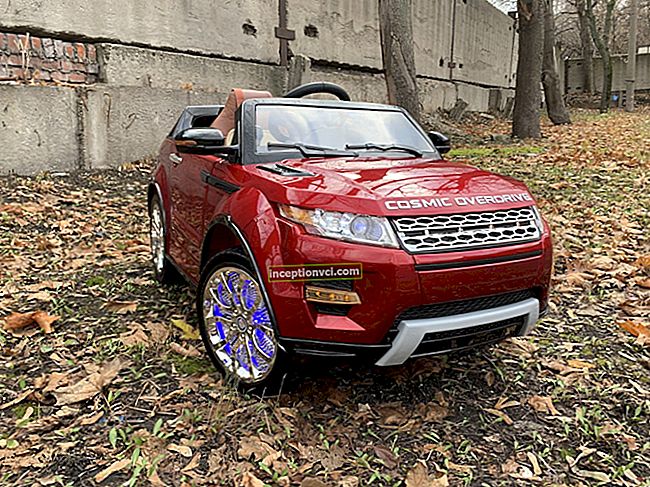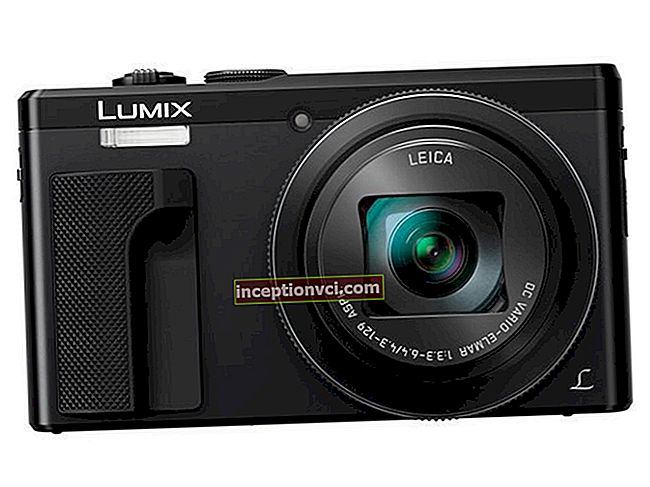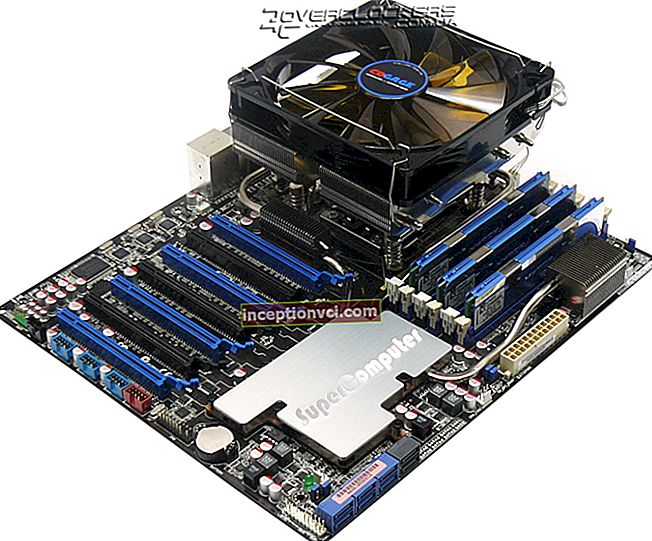Sports sneakers must meet only three requirements:
- good shock absorption (hello, knees and spine!);
- reliable fixation of the foot;
- banal convenience - so as not to rub and sweat.
Since different activities have different biodynamics, the shoe is tailored for the specific use. They are divided into walking, jogging, tennis, fitness, etc.
The running shoe has shock absorbers under the heel to compensate for shock impulse, and in the toe area to reduce the pressure on the foot when pushing off. To fix the foot well, cross-country shoes must be necessarily laced. Also note that your model must match the surface you are training on.

- Asphalt running shoe is aimed at cushioning. They have a soft sole with a relief pattern and breathable upper material (nylon, textiles, etc.). They are comfortable for jogging on paved surfaces, but they are too soft for unpaved paths.
- The trail running shoe emphasizes ground grip and ankle support to keep your foot from twisting. They differ from the usual rigid outsole with a powerful protector, durable water-repellent material (made of membrane fabric, synthetic leather, etc.) and a high cuff. Designed to take on serious challenges.
Don't go after the brand and trendy sneaker designs. Convenience is paramount, otherwise you will not get pleasure from training. Match your shoes to your foot biomechanics. Calculate it from the frayed soles of old shoes or from a wet footprint on the sidewalk.

- For clubfoot, if you step on the inside of the heel, choose sneakers with a reinforced sole on the sole. The special insert in them reduces the load on the inner part of the foot.
- The instep support (the bump inside the shoe) distributes the load over the foot and reduces the traumatic effect on the musculoskeletal system.
Try on shoes on both feet and only in the afternoon. The model should not be close to you: your index finger should enter between the heel and the back wall of the shoe. Then, during training, do not rub your fingers.
For your information: regular shoes are measured at one size intervals, sports shoes are measured at half size intervals.
Which sneakers to buy?
To choose the right running shoe, consider your running technique. There are three types of technology.
- Classic - with the support of the foot on the heel. With such a run, we keep the entire musculoskeletal system in tension. To reduce the stress, manufacturers create a heavy-duty rear end structure. If you're running on your heel, choose a shoe with a heel that is thicker than the front.

- Natural - with a shock load on the midfoot. Choose shoes with uniform thickness and midsole treads. This feature allows you to land comfortably and push off, developing speed.
- Sprint or toe-to-toe - runners push off with the front of their feet, rushing forward. The explosive style is optimal for short distances, so go for a shoe with extra cushioning at the toe.
Read: "Lift Pains - 9 Adaptive Ways to Tie Your Shoelaces Properly"









